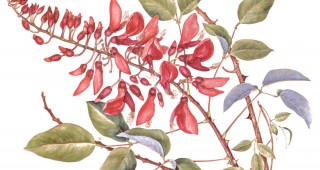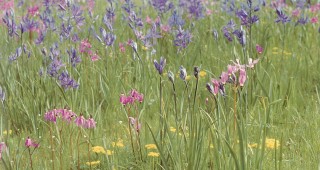Growing for Biodiversity
Dig deeper into ecologically functional gardens that support food webs and pollinators by including native and keystone plants, minimizing lawn, and providing wildlife habitat.
Latest
Several years ago I planted in my garden a dawn redwood purchased from Bay Area nurseryman Toichi Domoto. I was...
One of the most majestic of the West’s signature trees is giant sequoia (Sequoiadendron giganteum) from the western slopes of...
Quite aptly named, wheel tree (Trochodendron aralioides) is one of the most unusual trees in Washington Park Arboretum. Its generic...
There are just over one hundred species of Erythrina (from erythros, Greek for red) found throughout the tropical regions of...
One of the most distinctive trees in forests from Southern California north into British Columbia is the largest tree of...
Milkweeds are a diverse and interesting group of plants. While most plants in our gardens are purely ornamental, milkweeds have...
If you took the oaks out of Oak Bay, what would be left? Oak Bay matrons driving Range Rovers with...
Toss the word “rare” into the description of a plant and gardeners perk up. In the case of island oak...
Pampas grass (Cortaderia selloana), a plume grass from the pampas of Argentina, Brazil, and Chile, has been a popular specimen...









